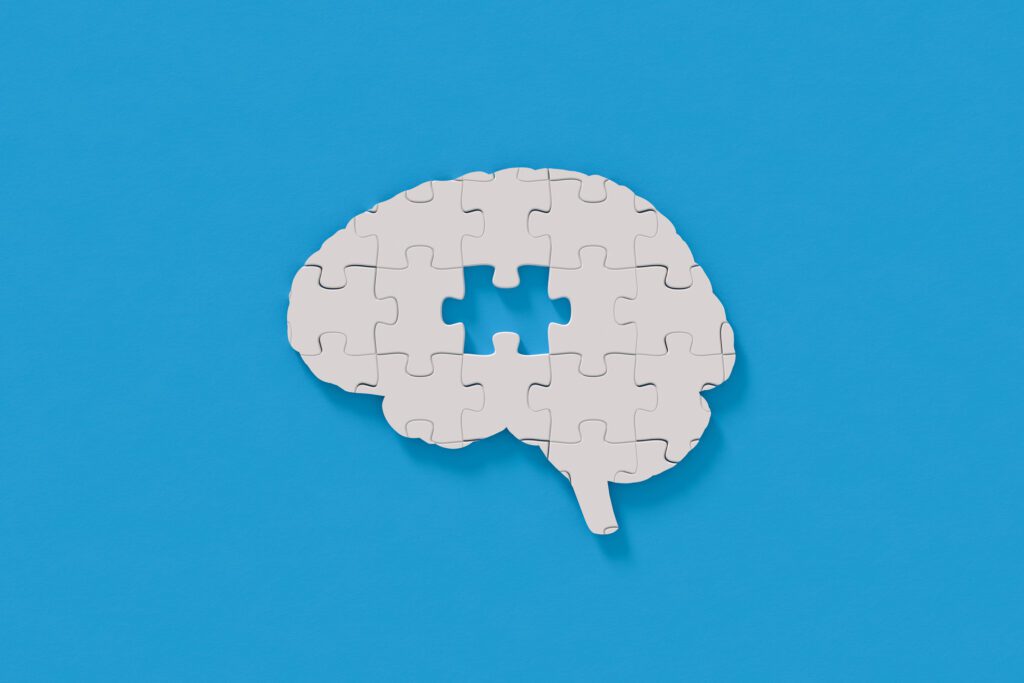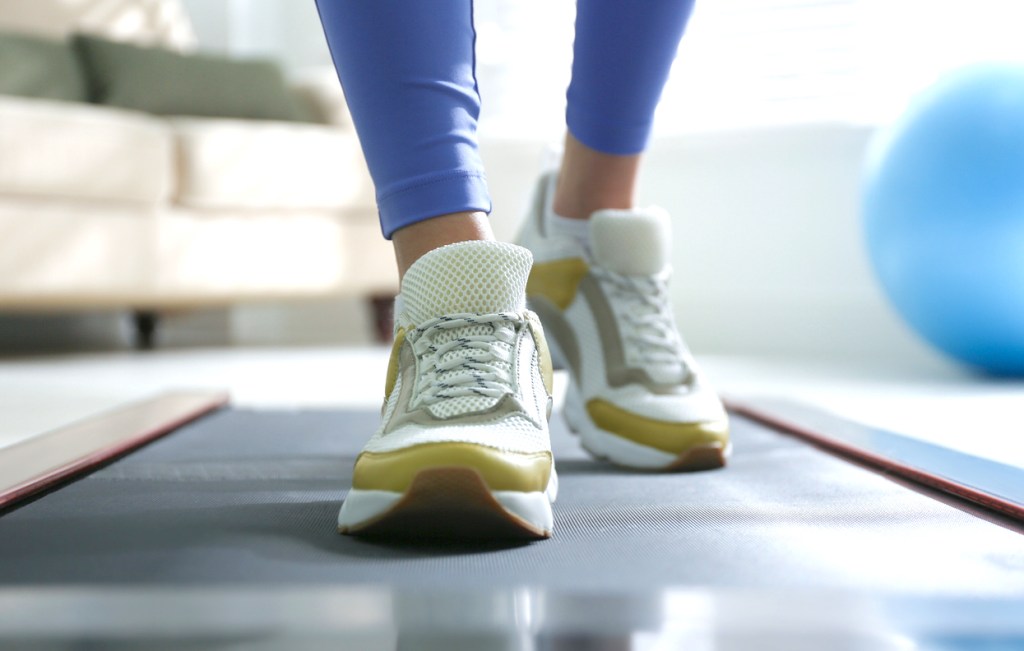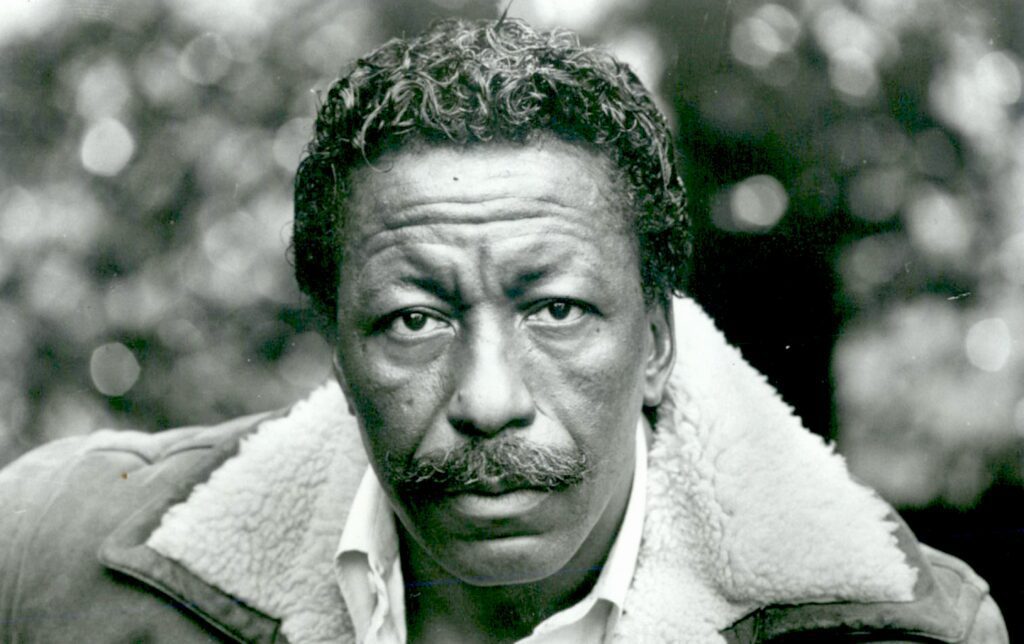Black Men in White Coats: The Organization Empowering Black Kids to Become Doctors
In 2018, Black men accounted for only 2.6% of physicians in the United States, despite Black Americans comprising 12.8% of the population. What’s more shocking, however, is that the former figure showed no “statistically significant difference” from what it was in 1940, per a study out of UCLA — meaning no progress had been made […]









